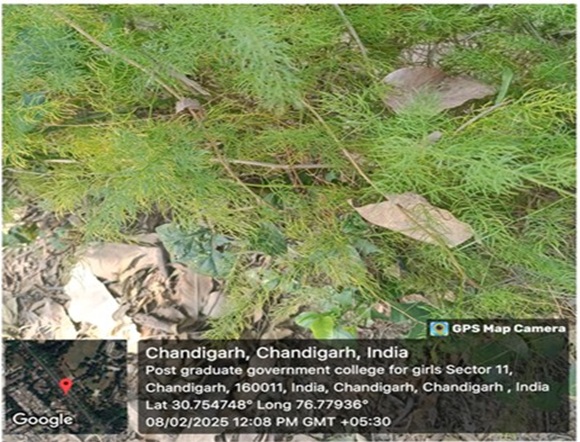

Habitat:
It can grow in a variety of habitats, including fields, meadows and distured areas. its native to Europe , Asia and northern Africa, but its also naturalized in temperate regions around the world.
Flowering season:
The asparagus harvest season lasts about 6 to 8 weeks, from early May to late June in Minnesota.
Fruiting season:
It typically fruits (producing red berries) in late summer while edible shoots are harvested in the spring and early summer.
Climatic conditions:
The optimum temperature for dry matter accumulation is 25-30°C, but the optimum temperature for the accumulation of food reserves in the roots may be slightly lower. High relative humidity is a distinct disadvantage due to the problems of foliage diseases.
Seed propagation:
Sow seeds directly in the garden 10mm deep and 20-40cm apart, with rows 100cm apart. Keep soil moist but never wet or dry. Seeds should germinate in around 14-21 days at a soil temperature of 23-27°C. Young seedlings will need protection from pests, pets and weather until they are established.
Parts used:
It is a plant widely grown as a vegetable. The spears are commonly eaten. The root and seeds are used to make medicine. Asparagus can increase urine production and is also a good source of dietary fiber, folic acid, vitamin C, vitamin E, vitamin B6, and several minerals.

Leave A Comment